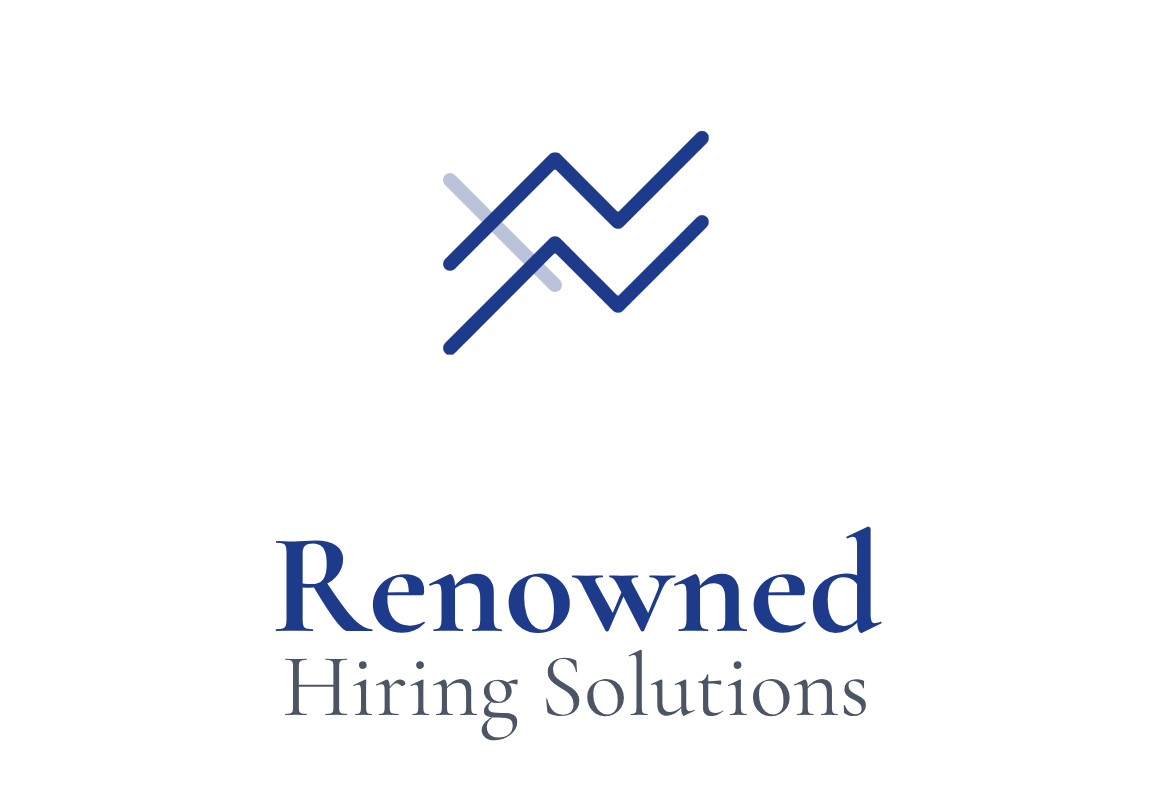The public sector is the bedrock of our society, delivering essential services that impact our daily lives, from public safety to infrastructure development. However, a quiet crisis is brewing within this vital sector: an urgent need to modernize recruitment practices to attract and retain top talent. Outdated models are no longer sufficient in today’s competitive job market, and the consequences are far-reaching.
The Core Challenges Facing Public Sector Recruitment
Public sector agencies are grappling with significant recruitment and retention hurdles. These challenges are systemic and multifaceted:
- Aging Workforce and “Silver Tsunami”: A large cohort of experienced public servants is reaching retirement age, leading to a significant loss of institutional knowledge and creating critical staffing gaps. Over half of government employers anticipate their largest wave of retirements ever in the coming years.
- Competition with the Private Sector: Public agencies often struggle to compete with private sector offers, particularly concerning salaries, benefits, and workplace flexibility.
- Bureaucratic and Slow Hiring Processes: Public sector hiring is notoriously lengthy and cumbersome, often taking months due to rigid regulations and multiple approval layers. This significantly lags behind the private sector, leading to qualified candidates accepting other offers.
- Critical Skills Gaps: There’s a significant difficulty in finding qualified applicants for specialized roles such as IT professionals, engineers, healthcare workers, and skilled trades. For example, 57% of public employers reported skilled trades positions as hard to fill in 2022.
- Evolving Candidate Expectations: Newer generations, like Gen Z, prioritize flexible work environments, meaningful career development, and mission-driven work, areas where the public sector sometimes struggles to effectively communicate its value.
- Limited Reach of Traditional Channels: Relying solely on standard job boards restricts an agency’s ability to connect with broader, more specialized talent pools.
The Strategic Imperative of Modernization
Modernizing recruitment is not just an upgrade; it’s essential for the public sector’s continued effectiveness and capacity to serve the public. The need for a modernized approach is underscored by several critical factors:
- Attracting Top Talent: Without embracing modern channels like social media and targeted digital outreach, agencies risk overlooking highly skilled and younger professionals.
- Losing Ground in Competitive Hiring Timelines: The public sector’s average time-to-fill positions far exceeds that of the private sector. This delay can result in the loss of sought-after candidates to faster-moving organizations.
- Addressing Inefficiencies: Cumbersome administrative processes impede recruitment and onboarding. Strategic recruitment marketing and technology can streamline workflows and accelerate hiring.
- Communicating Value: Public sector roles often offer compelling advantages like mission-driven work, job security, and work-life balance. Modern strategies like content marketing and social media are crucial to articulate this unique Employer Value Proposition (EVP).
Tangible Impacts of Recruitment Failures
The consequences of these challenges are not confined to HR departments; they directly impact service delivery, budgets, and public trust.
- Diminished Service Delivery: Understaffing leads to reduced service quality, increased wait times, and decreased availability across essential public functions, affecting citizens’ daily lives. This includes delays in processing rental vouchers for homeless families, difficulties with benefits applications, and increased police response times.
- Increased Workload and Burnout: Vacancies place immense pressure on existing employees, leading to burnout, decreased morale, and higher error rates, creating a vicious cycle of attrition.
- Significant Economic and Fiscal Burdens: High turnover necessitates continuous spending on recruitment, hiring, and training. It’s often more expensive to replace an employee than to retain one. Vacant positions lead to lost productivity and increased overtime costs, undermining fiscal responsibility.
Actionable Strategies for Modern Recruitment
Public sector agencies can take concrete steps to modernize their recruitment efforts and build a future-ready workforce:
- Strategic Use of Social Media and Digital Platforms: Leverage platforms like LinkedIn, Twitter, and Facebook to share agency successes, highlight employee contributions, and maintain an engaging online presence beyond simple job postings.
- Develop a Strong Employer Brand: Clearly define and consistently communicate the unique advantages of working for the agency, emphasizing stability, impact, and benefits.
- Implement Proactive Recruitment Marketing: Adopt a marketing mindset by defining target candidate personas and developing compelling content to attract and engage applicants proactively.
- Streamline Application and Hiring Processes: Evaluate and simplify application procedures. Digitize steps where feasible and provide clear guidance to reduce candidate drop-off.
- Leverage Recruitment Technology: Implement modern tools like Applicant Tracking Systems (ATS), AI-assisted screening, and video interviewing platforms to enhance efficiency and automate routine tasks.
- Enhance the Candidate Journey: Ensure clear, consistent communication throughout the process and solicit feedback for continuous improvement.
- Utilize Data for Continuous Improvement: Track key metrics such as time-to-hire, source effectiveness, and cost-per-hire to measure success, identify bottlenecks, and make data-informed decisions.
- Adopt Skills-Based Hiring: Shift towards hiring based on demonstrated competencies rather than solely on educational attainment to broaden applicant pools and ensure hires possess the actual skills needed for the job.
The Future of Public Service Depends on It
Modernizing public sector recruitment demands a fundamental shift towards a proactive, strategic, and candidate-focused approach. By embracing these changes, agencies can overcome persistent challenges, attract top talent, build more skilled teams, and ultimately enhance their capacity to serve the public effectively.
The time to evolve beyond outdated practices is now; the future of public service depends on a commitment to attracting, developing, and retaining the best workforce possible.
Proposition.


Leave a Reply